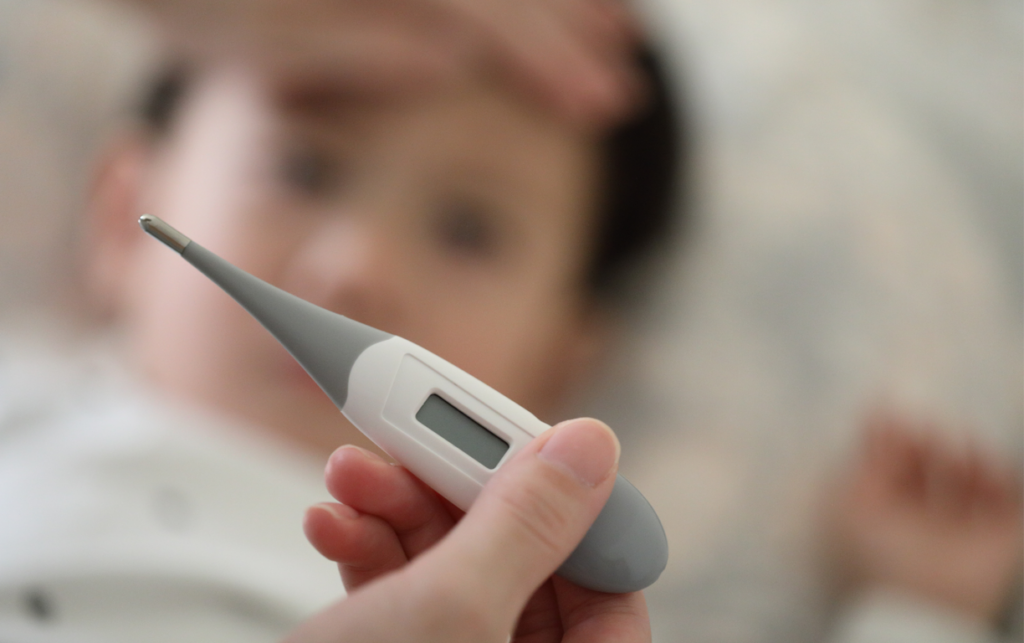Physical Address
304 North Cardinal St.
Dorchester Center, MA 02124
Physical Address
304 North Cardinal St.
Dorchester Center, MA 02124

When I first heard about humidifier lung, I was surprised by how something as simple as a humidifier could lead to serious health issues. This condition, linked to inhaling contaminated mist, can cause a range of troubling symptoms that often go unnoticed until they become severe. Understanding these symptoms is crucial for anyone using a humidifier regularly.
In this article, I’ll explore the sig
When I first heard about humidifier lung, I was surprised by how something as simple as a humidifier could lead to serious health issues. This condition, linked to inhaling contaminated mist, can cause a range of troubling symptoms that often go unnoticed until they become severe. Understanding these symptoms is crucial for anyone using a humidifier regularly.
In this article, I’ll explore the signs of humidifier lung and help you recognize when your indoor air quality might be affecting your health. From persistent coughs to shortness of breath, being aware of these symptoms can empower you to take action and protect your well-being. Let’s dive into what to look out for and how to stay safe while enjoying the benefits of a humidifier.

Humidifier lung occurs when individuals inhale moisture-laden air from contaminated humidifiers. This condition is primarily linked to exposure to bacteria, fungi, or other irritants present in the water used in these devices. Symptoms can vary widely among affected individuals but often include:
Timely recognition of these symptoms is crucial for seeking medical advice. If symptoms arise, it’s important to assess the humidifier’s maintenance and ensure the water used is clean.
Humidifier lung presents various symptoms that affect both the respiratory system and overall health. Recognizing these signs early helps in obtaining medical advice and improving air quality.
Respiratory symptoms include:
These symptoms result from inflammation and irritation in the lungs caused by inhaling contaminated mist.
Systemic symptoms may manifest as:
These symptoms suggest that the body’s immune response is reacting to harmful agents inhaled from humidifiers.
Risk factors for humidifier lung relate to certain behaviors and environmental conditions that increase the likelihood of exposure to contaminated mist. Understanding these factors helps in taking appropriate precautions.
Identifying and managing these risk factors is crucial for maintaining indoor air quality and protecting respiratory health while using humidifiers.
Diagnosing humidifier lung involves a thorough medical evaluation. A healthcare provider begins with a detailed medical history, including exposure history to humidifiers and relevant symptoms.
Testing commonly includes:
Early diagnosis leads to more effective management. If I suspect humidifier lung, seeking medical advice promptly ensures appropriate intervention and enhances recovery.
Treatment for humidifier lung focuses on reducing inflammation, alleviating symptoms, and improving lung function. Various strategies exist to address the condition effectively.
Medications
Oxygen Therapy
Pulmonary Rehabilitation
Avoiding Triggers
Lifestyle Modifications
Follow-Up Care
Implementing these treatment options can significantly improve lung function and alleviate symptoms of humidifier lung. Prioritizing health and well-being while using humidifiers fosters a safer indoor environment.
Recognizing the symptoms of humidifier lung is essential for maintaining respiratory health. Persistent coughs and shortness of breath can signal that something’s wrong. If you notice fever chills or fatigue along with wheezing it’s crucial to act quickly.
Taking proactive steps to ensure your humidifier is clean and well-maintained can make a significant difference. By understanding the risks associated with contaminated mist you can create a safer indoor environment. Don’t hesitate to seek medical advice if you experience any concerning symptoms. Your health is worth it.